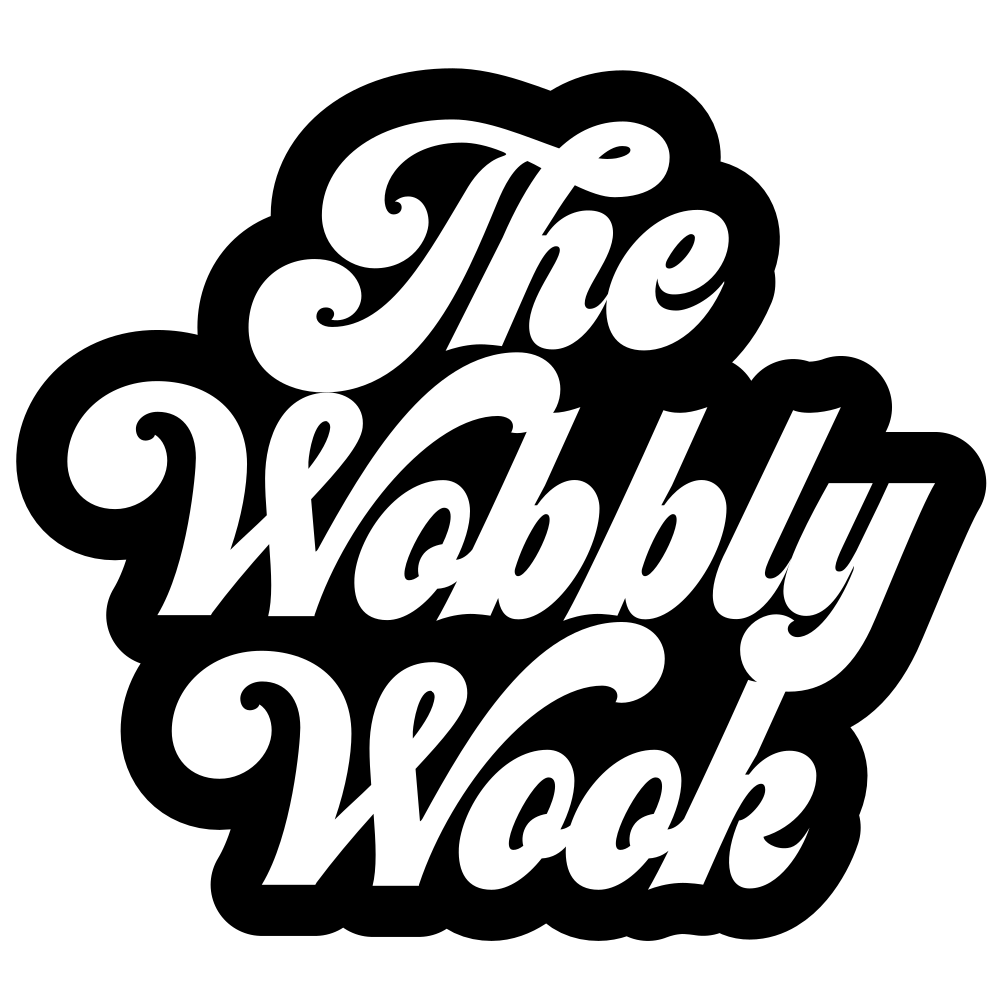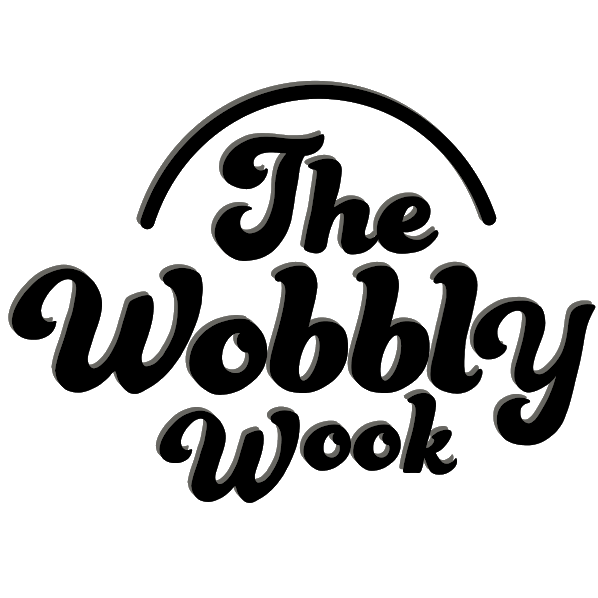Pricing Philosophy
Determining the right price for your handcrafted jewelry is a delicate balance that involves considering material costs, time spent, and the value you provide to your clients. In this article, we'll delve into a commonly used pricing equation and introduce an interesting technique to personalize your pricing approach. By combining calculated prices with your gut instinct, you can ensure your jewelry is priced fairly, accounting for both intricacy and personal judgment.
The Common Pricing Equation:
(2 x Materials) + Time = Price
if we break this down a little more it looks like this:
(2 x [Material Cost]) + ([Hours Spent] x [Hourly Wage]) = Price
So, Materials will be filled with your material costs on the piece. Include the price you paid for any stones, and metal used. Calculate metal costs by weighing your stones before starting, then weighing the finished piece, and negate the weight of the stones used. Fill Time with (your determined hourly wage) x The # of hours spent on creating the piece. As you grow in skill and popularity, you can start to increase your hourly wage to meet your new expectations.
This common calculation serves as a fantastic foundation for many jewelers. It incorporates material costs and the hours invested in creating a piece to arrive at the final price for the end consumer.
However, this equation alone might not always capture the full value of your work. This led us to our own unique approach to pricing our jewelry.
Trusting Your Gut:
In addition to the calculated price, we personally employ an interesting technique. When creating a piece, we initially determine our "gut" price—a price that feels comfortable to us for selling or purchasing the piece. This gut price is based on our intuition and personal judgment of the piece's worth through both our eyes as the creator, and the consumers eyes, as we picture ourselves in their shoes.
Balancing Gut Price and Calculated Price:
To strike a balance between intuition and calculation, we average out our gut price against the calculated price. This allows us to incorporate our personal judgment into the pricing process. It recognizes that certain factors, such as learning new techniques or being in a particularly creative headspace, can influence the time invested and intricacy of a piece. By considering these aspects, we ensure that our jewelry is priced based on both the calculated factors and the inherent value we perceive in each creation.
Fine-tuning Your Gut Instinct:
By utilizing this technique, you not only modify pricing but also develop a better sense of your gut instinct. Over time, as you compare your gut price against the calculated price, you'll gain insights into how accurately you assess the value of your work. This iterative process helps refine your gut instinct and enhances your ability to price your jewelry appropriately.
Embracing Intrinsic Value:
Remember that pricing goes beyond mere calculation. The unique intricacy, craftsmanship, and personal touch in your jewelry deserve recognition. By incorporating your gut instinct into the pricing equation, you ensure that the final price reflects the true value of each piece.
Let’s Calculate an Example When Your Gut is Telling you The Piece Could Be Worth a Little More:
Let's say you have a calculated price of $80 based on the (2 x Material) + Time equation. However, your gut instinct tells you that the piece is worth $100. Maybe this is because you know these types of designs sell right away, every time you make them. Or, maybe you surprised yourself and the piece turned out far more advanced than expected, because you were totally in the zone and completed it in a day. To strike a balance between the two, you can average out the prices using the following equation:
(Averaged Price) = (Calculated Price + Gut Price) / 2
In this case, the calculation would be:
(Averaged Price) = ($80 + $100) / 2 = $90
By averaging the calculated price and your gut price, you arrive at an average price of $90. This approach allows you to incorporate both the objective factors and your personal judgment, taking into account the market value and the exceptional quality of the piece in this specific case.
Remember, this is just one approach, and you can adjust the equation based on your preferences and the weight you assign to the calculated price and gut price. The goal is to find a balance that reflects the value you provide and ensures fairness to both you and your clients.
Here’s Another Example When Your Gut is Telling You to Price a Little Lower:
Let's say you have a calculated price of $120 based on the (2 x Material) + Time equation. However, due to a learning curve and initial struggles with a new technique, you realize that the piece may not sell for that price. You want to be realistic, & your gut instinct tells you that a fair price for the piece would be $80.
To adjust the calculated price based on your gut instinct, you can use the following equation:
(Averaged Price) = (Calculated Price + Gut Price) / 2
In this case, the calculation would be:
(Averaged Price) = ($120 + $80) / 2 = $100
By averaging the calculated price and your gut price, you arrive at an average price of $100. This adjustment takes into account the time and effort you invested in learning the new technique and acknowledges that the piece may not have the same market value as initially expected.
The averaging method allows you to balance the objective calculated price with your gut instinct, ensuring that the final price reflects both the craftsmanship and market considerations. It's a flexible approach that allows for adjustments based on individual circumstances and helps in establishing fair pricing for your handcrafted jewelry.
So, Try it Out!
Pricing handcrafted jewelry involves a thoughtful balance between calculated factors and personal judgment. While the (2 x Material) + Time equation provides a solid foundation, it's essential to trust your gut and incorporate your intuition into the pricing process. By averaging your gut price against the calculated price, you create a fair and personalized approach that values both intrinsic worth and calculated factors. Embrace this technique to refine your gut instinct and ensure your jewelry is priced accurately and with the utmost confidence. Let your unique creations shine at prices that truly reflect their beauty and craftsmanship.


